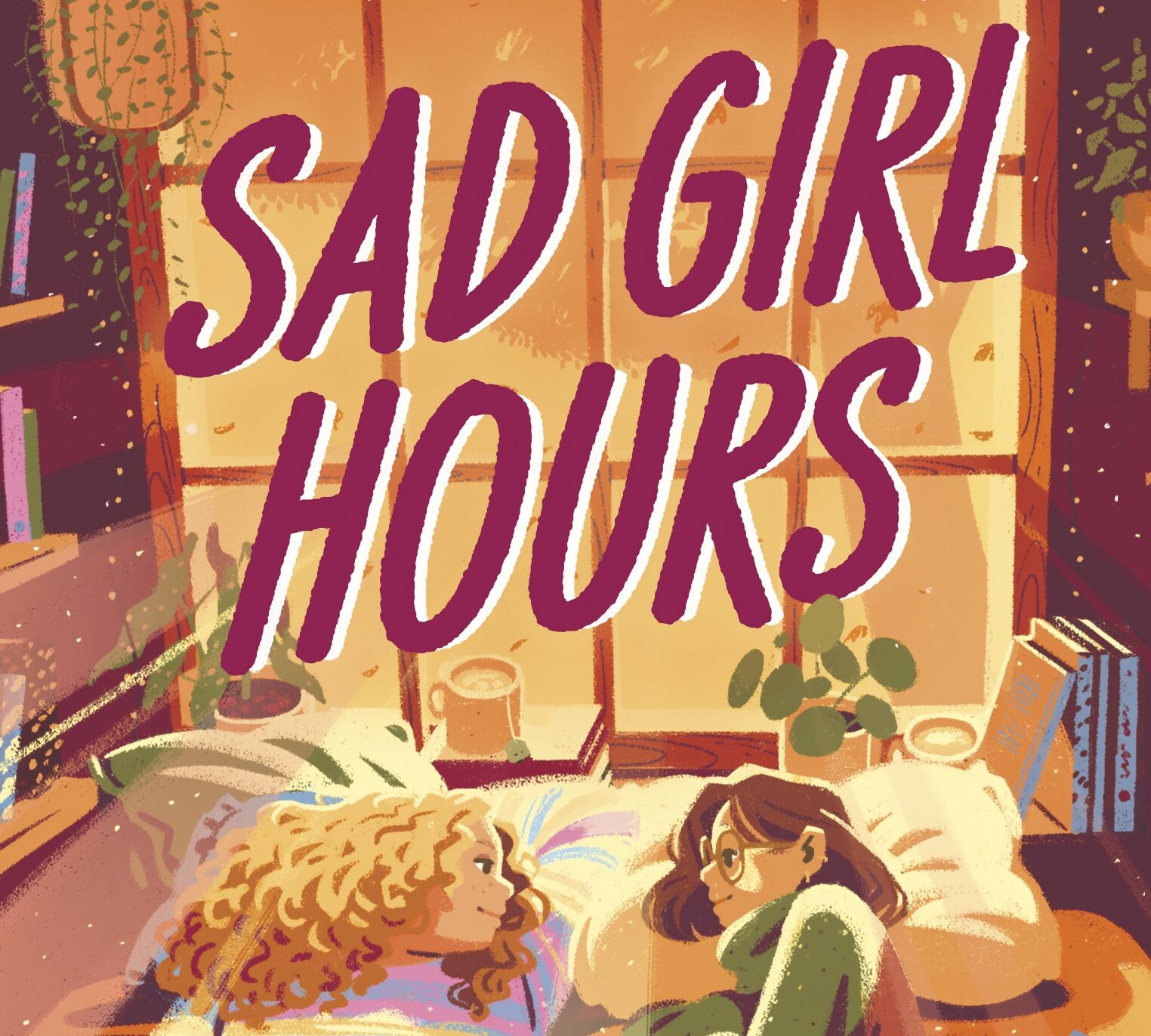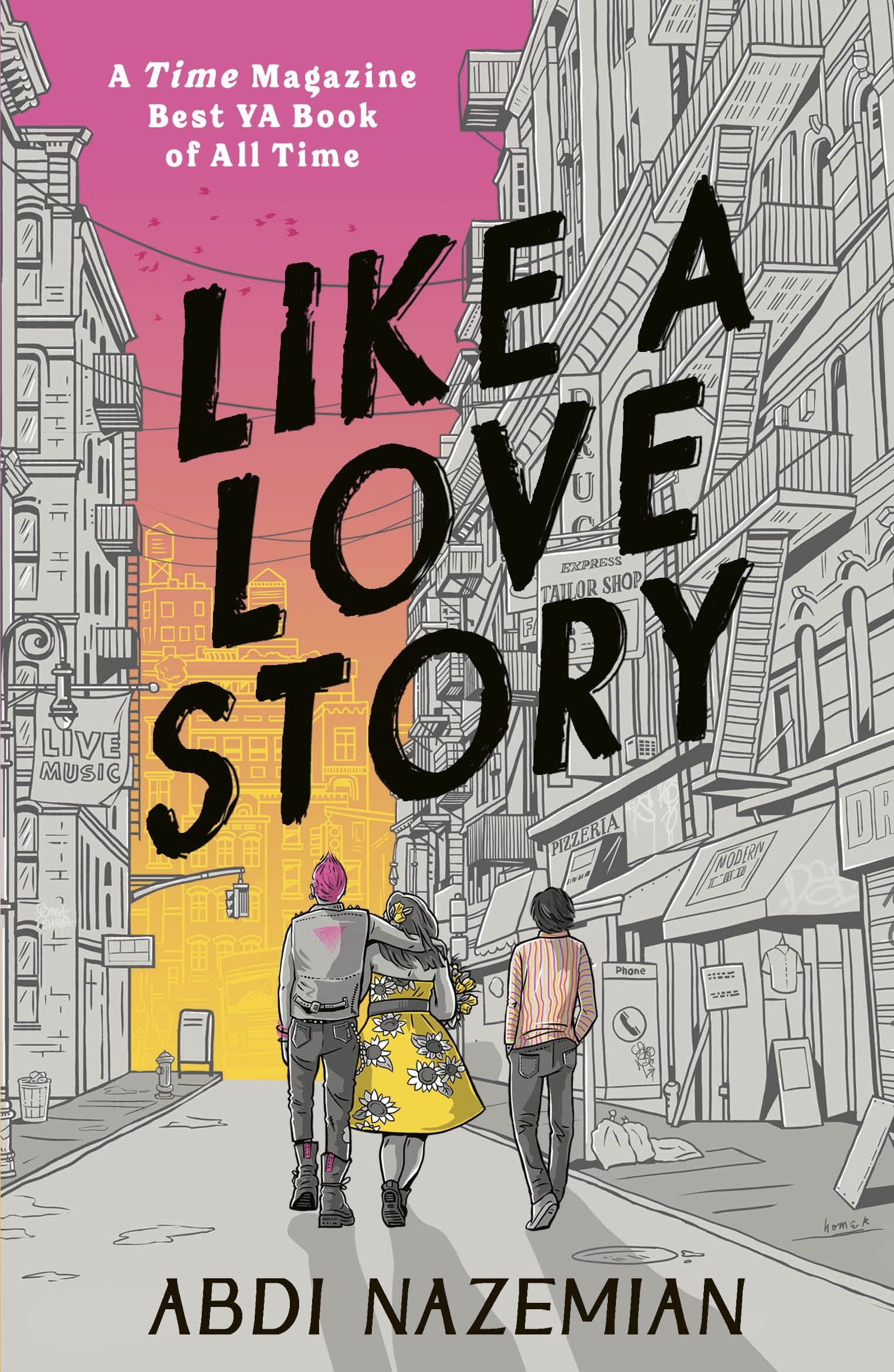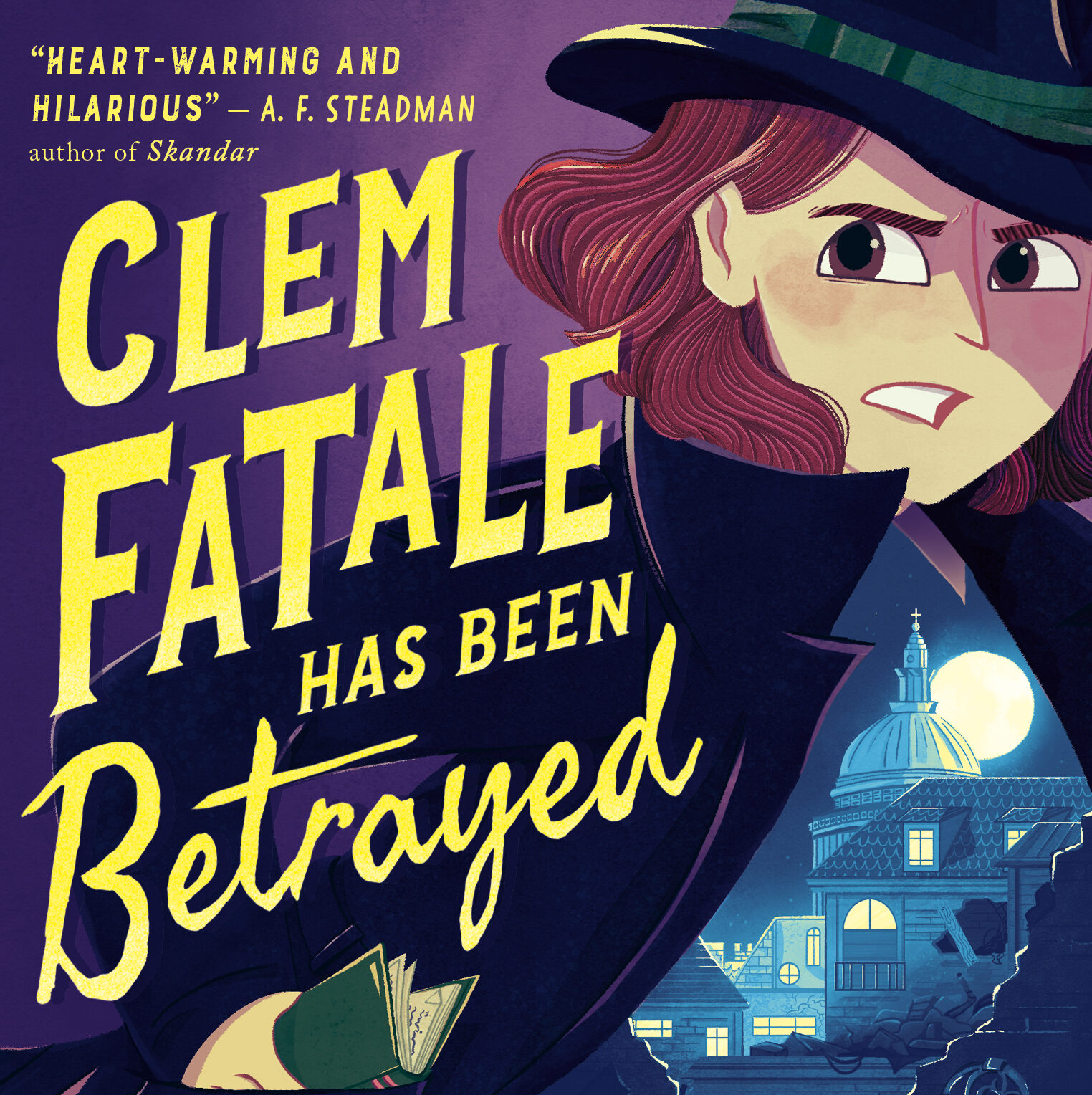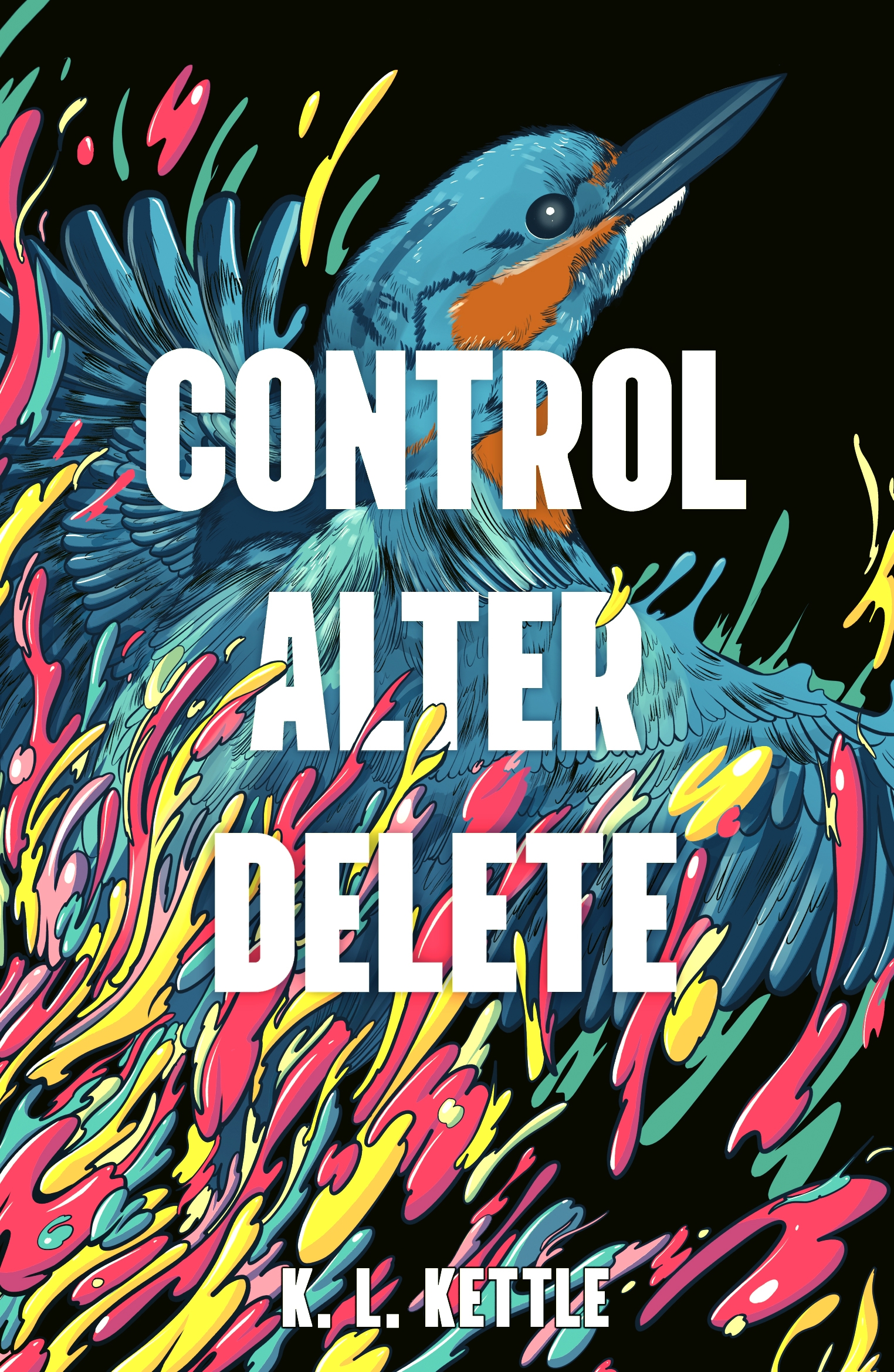 CAD EXCLUSIVE EXTRACT
CAD EXCLUSIVE EXTRACT
Author/Illustrator Posts
Sad Girl Hours Exclusive Extract
Get Up and Groove! Inspiration for All the Wonderful Ways to Move by Laura Baker
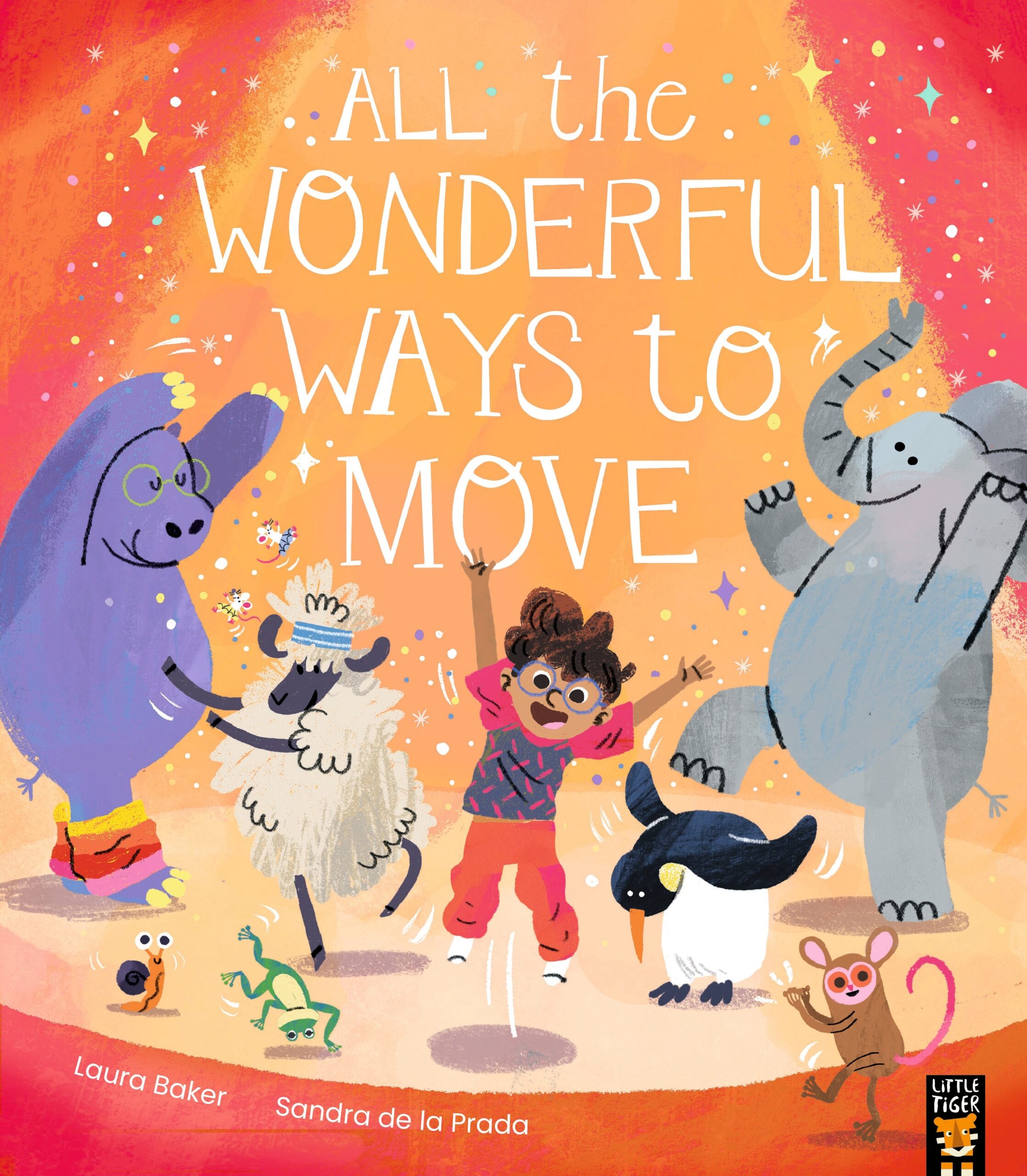
We live in our bodies all day, every day. But do we often stop to appreciate what they can do?
When Little Tiger said they were looking for a text that encouraged children to get up off their bums and move their bodies, I jumped (pardon the pun!) at the chance to give it a go. They wanted a high-energy text with a bouncy, catchy, stick-in-your-head rhythm. The first verse popped into my head immediately:
Jump up off your bottom,
and get in the groove.
Wiggle your body, let’s…
see how you MOVE!
And the rest just followed! I had so much fun coming up with actions and building to a little dance – we stomp, clap, jump, reach, hop, stretch and of course freestyle too. Because this book isn’t about prescribing movement – it’s about finding the joy in it and celebrating your own moves, no matter your style or body type.
The NHS recommends that preschoolers spend at least three hours a day doing some sort of physical activity, and that it should be varied. This could be anything from sports to riding a bike, scooting to the park, dancing or messy play. The important thing is that children are moving, and not stuck on a screen or sitting inactive for too long. As children grow, maintaining an active lifestyle provides all sorts of benefits, such as strengthening muscles and bones, increasing heart health and improving mental health too.
To get into a good habit of daily physical activity, we should make it fun, so children will want to move and groove. This book aims to do just that. We hope to see children and adults doing the actions together at home, or groups of children dancing the dance together at school!
When I first wrote the text, I heard that the editor presented it to the sales team by performing all the moves himself. Then, when my youngest son saw an advance copy, he read it aloud and did all the actions without prompting too. This is exactly what we want – and it means we’ve done something right!
Of course a huge part of this is down to the incredible illustrations by Sandra de la Prada. Sandra and I were first paired on All the Wonderful Ways to Read, which celebrates all types of books and reading. I was so excited when this new book joined that series and Sandra brought back some of our favourite characters from the first book. She also introduced some new animals, and each one has its own special style. It is so easy for children to follow along, and in fact Sandra makes it hard to resist joining in with this enthusiastic cast!
We hope that you find joy in the book and get up and move your body too. We can’t wait to see your ‘you’ dance!
All the Wonderful Ways to Move is out now!
Watch below to see Sandra De La Prada illustrating a spread from All the Wonderful Ways to Move.
Praise for All the Wonderful Ways to Move:
“The perfect book for getting up, getting moving and getting those wiggles out with your little ones!” – Lucy Rowland, author of Witch Cat and This Letter Says I Love You
“A delightful, lovely, bouncy, joy-filled fun and funny book that’s sure to get your little ones dancing, jumping and tapping their toes!” – Ian Eagleton, author of ‘Glitter Boy’
“Carefully and imaginatively written by Laura Baker and illustrated with warmth and wit by Sandra de la Prada, this playful book will inspire your children to find their own wonderful way of moving” – Lancashire Post
Like a Love Story Sample Chapter
The Inspiration Behind Our Tree by Jessica Meserve
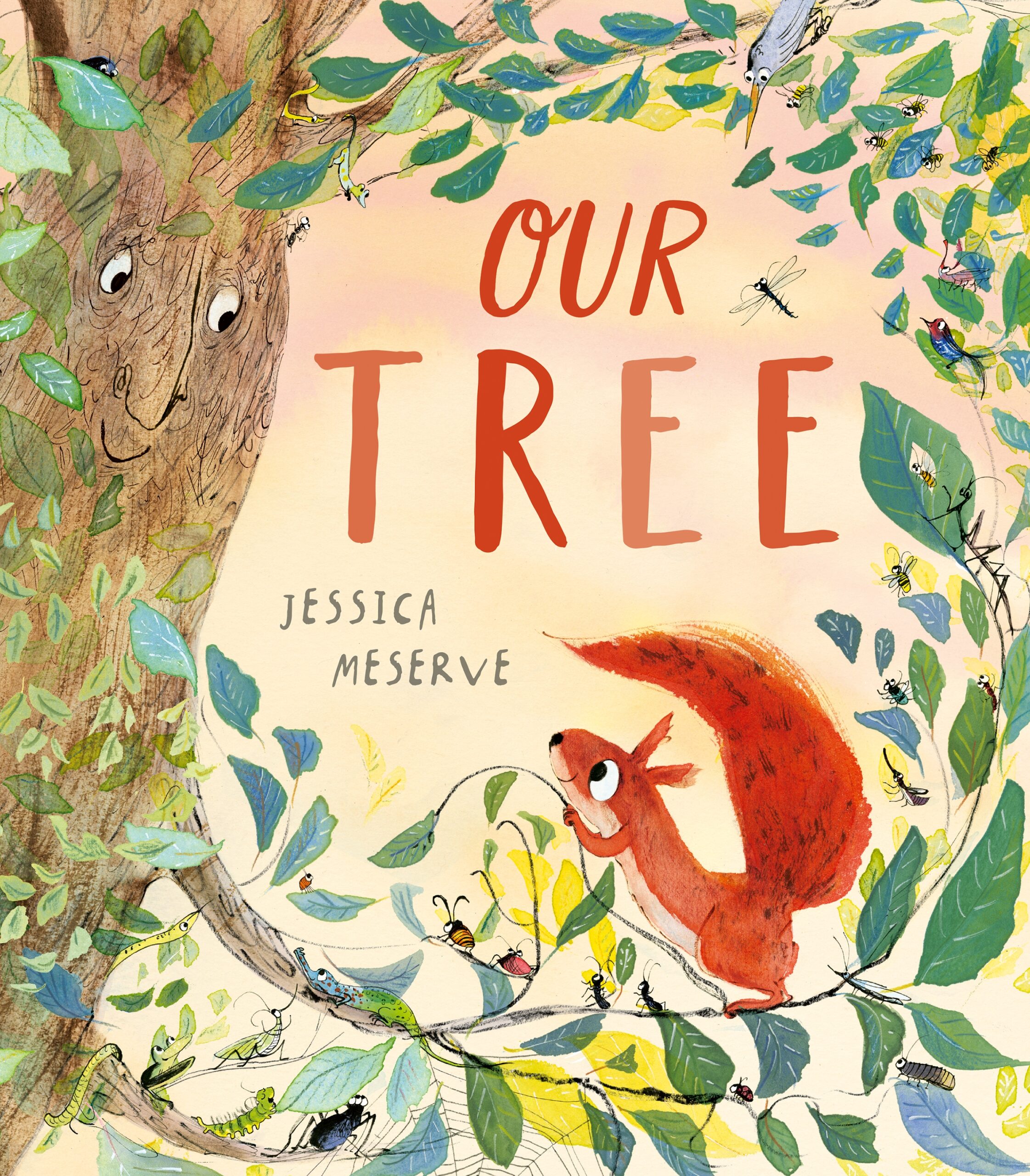
Trees are amazing. I loved climbing them as a child and, every now and then, I still do. My own two daughters would have climbed every tree they walked past if they could! Trees are nature’s climbing frame – full of majesty and hidden nooks. As sunlight travels through the layers of leaves, it makes sitting amongst the branches just magical. Trees have given me so much joy over the course of my life that I wanted to write a book that was a thank you to them.
So that was the starting point. I wanted Little Red to capture a child’s joy climbing a tree. Next, I thought about what other animals might thank Tree and so the swifts, insects, elephant and leopard then came into the story. Tree offers them food, a resting place, a back scratch and shade. Of course Little Red isn’t interested in any of these things! Little Red has to learn to value of Tree for himself and he discovers the power and support of a community coming together. I think this is a lesson we all have to learn and continue to practise many, many times. I know I can get caught up in my own life and what I’m doing and feel very possessive of my time and not want to offer it to someone else! Then I realise I get so much more back in terms of happiness, love and accomplishment if I do give some of my time to the people around me.
I love hiding details in my illustrations that I hope children will keep finding even after they have read the book many times. For example, throughout the illustrations, the caterpillars transform into butterflies, but if you look closely you can see them first munching the leaves, then building their chrysalises, then emerging and finally, in the last spread, flying away. Also, make sure you look out for the little grey squirrel, this character is hiding in every illustration. These extra hidden details are important to me because they allow a child who’s not yet able to read themselves, to participate in the story by ‘reading’ the pictures. They might see things that the adults don’t even notice.
I work in watercolour, crayon, pencil and ink and then bring my illustrations together digitally. I always start with real materials because it is so fun. Also, sometimes different paints and inks do unpredictable things. For example, I love the way water from a brush can swirl through paint or ink and make beautiful swirling shapes that are impossible to control. I use this a lot when I’m painting skies.
I hope you like Our Tree. I had a lot of fun making it. What would you thank a tree for?
Coming out of your shell: The inspiration behind the Tortosaurus by Katie Cottle
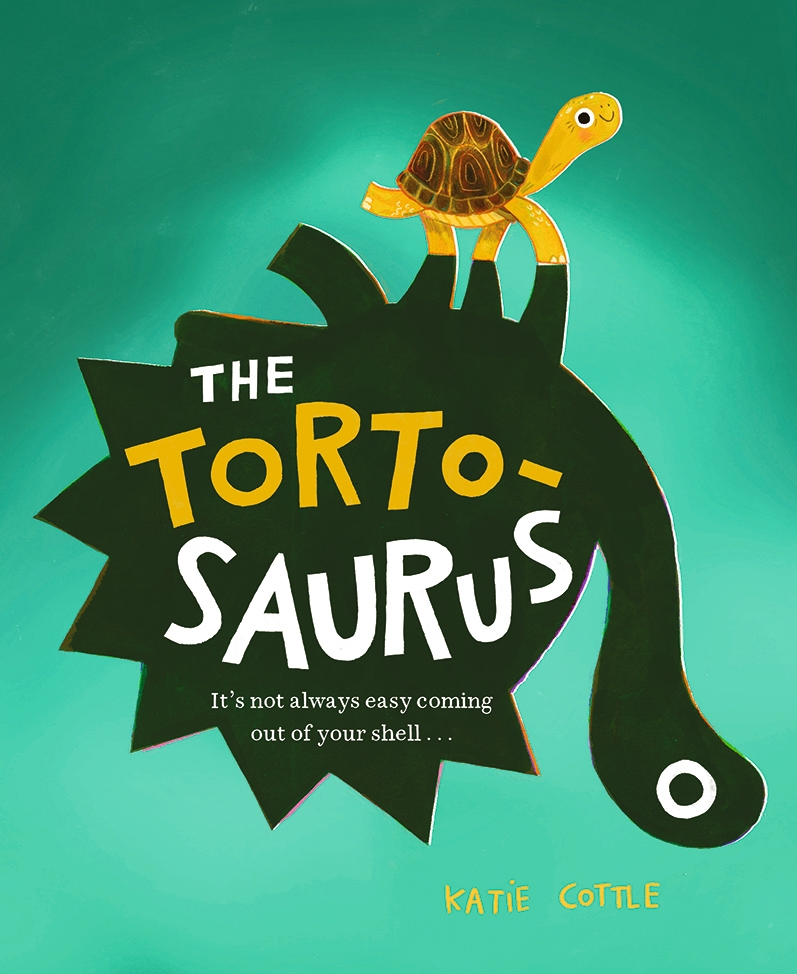
My new picture book The Tortosaurus follows Dot as she starts a new school, and struggles to make new friends. She ends up hiding behind a big stressful lie when all she needs to do is be herself.
Making friends is tough at any age, especially when everyone already knows each other. Sometimes, an effort to fit in sparks a little dishonesty. Somehow saying “Yes, I watched that on TV, too,” spirals out of control, and a few weeks later you’re getting invited to a Love Island Megafan Pub Quiz. The irony is that a little awkwardness in being honest about your differences at the start saves a lot of discomfort (and wrong quiz answers) later!
I first started drawing the character Tortosaurus while I was in university. I was working on an idea in which kids attempted to transform their pets into weird new animals using simple crafts. I loved the tortoise character so much that I decided to focus the narrative around him. Tortosaurus wanted to spruce himself up to gain more attention. However, after getting to know Monty the tortoise—who was grumpy, slow, and old—I realized that he was very happy with himself as he was and probably wouldn’t choose a flashy new look.
(Here’s one of my first doodles of a Tortosaurus from 2016!)
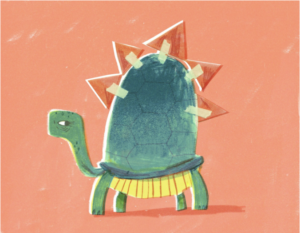
So, I began to focus on Monty’s owner and wondered why she’d be dressing up her lovely, grumpy old tortoise. Sometimes we put on costumes to help us fit in—much like wearing trendy clothes. I remember being a child at school, where there was a certain cool way to fold down your socks. Dot, in her nervousness, has concluded that the people in her new school will want to be her friend if she has the coolest, most exotic new animal!
Dot’s always loved Monty for being himself, and he’s always been there for her. Plus, there’s only so much of this new attention he can endure. By being his authentic self in front of *everyone*, he gives Dot the courage to do the same.
By being yourself, you offer others the reassurance to be themselves with you, too. Even though it can feel daunting to expose yourself, there’ll always be someone who thinks you’re wonderful—Tortosaurus or no Tortosaurus!
Clem Fatale Has Been Betrayed Sample Chapter
The inspiration behind It’s A Brave Young World by Anu Adebogun
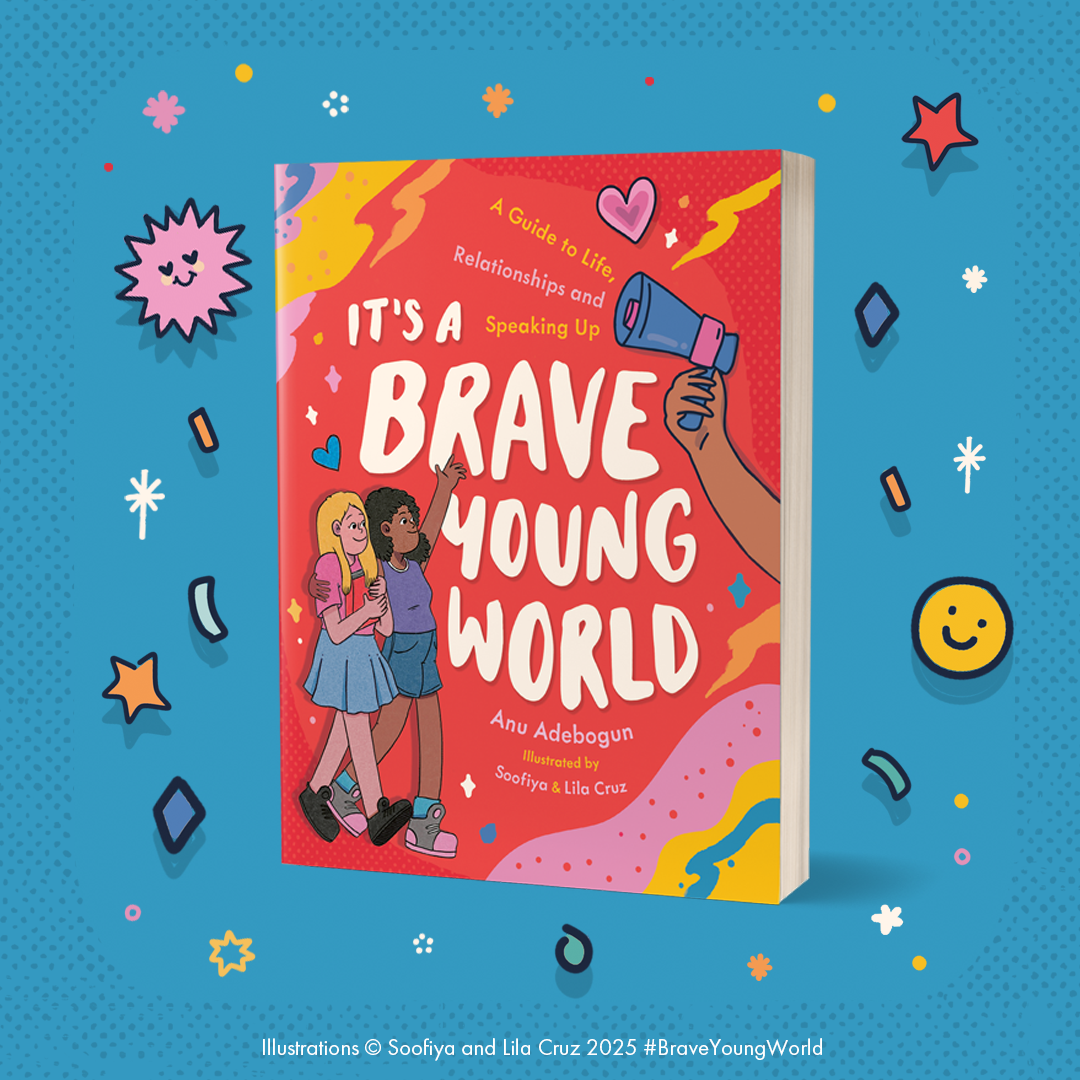
We are brave around here! Being bold and audacious is our way.
Growing up, the highlight of my week was a trip to my school library, where I would discover a new book – my passport to a world far, far away from my own. I loved the escapism books provided, and to this day, they remain a source of solace and comfort. Offering this gift to other young people is why I put pen to paper.
My new book ‘It’s A Brave Young World’ is an ode to the wonderfully complex lives young people lead. I often reflect on the fears I had about growing up and the difficult experiences I encountered at school, after school, in my neighbourhood and in the virtual world. In real life, I struggled to find places of support. No one should feel they have to make themselves invisible, play it small, avoid the internet or give up places and activities they enjoy just to avoid bullies and predators; this only gives them more power. It is my mission to create the safe spaces and accessible resources that help young people equip themselves with the knowledge and understanding they need to advocate for themselves and others.
Over the years, I have had the privilege of delivering sessions to thousands of young people to promote safety, wellbeing and access to education. Through my work, I have listened to them share their struggles with social media, families, friends, relationships and so much more. This book addresses these complex realities. Each section covers a different topic, from values and beliefs to healthy boundaries, frenemies and coping with challenging feelings. There are tips on relationships and consent, navigating school and staying safe online, and activities on cancel culture – no conversation is off the table. Although we address some difficult topics, the aim is to equip readers with the language and tools to advocate for themselves and others, and the knowledge to call out unsafe situations.
This colourful guide-to-life is brimming with real life storytimes, evidence-based activities, and insightful research. It does not claim to have all the answers, but instead invites young readers on a journey of self-discovery, to develop self-awareness and resilience. Regardless of your gender, age or race, this book is for you. Every young person should be empowered to fulfil their potential with their safety, wellness and dignity protected. Use this book as a tool to become a global citizen and the best version of yourself!
The inspiration behind Guardians of the New Moon by Eric Huang

My mom’s ancestral home in Shanghai was haunted. Voices were heard in empty corridors. Certain rooms remained ice-cold through the summer. And there was that time when everything in the ice box rotted simultaneously, even the vegetables purchased from the market that morning. Mama told me the culprits were nine-tailed foxes. For some reason, they were terrified of my grandfather. Shouts of ‘The tiger is coming!’ would fill the house when he came home. In China, tigers represent courageous leaders.
I always loved magical creatures. The folktales Baba told my sister and I at bedtime were full of them. When I learned of the nine-tailed foxes in Shanghai, these magical creatures became my favourites. I read all about them and devised plans to lure one from across the Pacific to haunt to our home in suburban New Jersey.
The Guardians of the New Moon chapter book series draws from a boyhood love of magical creatures and East Asian folklore. Book 1, Ming and Miaow’s Great Race, is based on a legend in which the Jade Emperor held a race and invited every creature on Earth to compete. The first twelve to finish were honoured with a year on the lunar calendar dedicated to them. The version of the Great Race in Book 1 features a nine-tailed fox named Ming and a black-and-white cat named Miaow. Ming is based on my sister Penny and my niece Charlie. Miaow looks like my cat McNulty, but his personality is borrowed from my grumpy boyfriend Brian. (Don’t tell him I said that!) Details from the original legend appear alongside new elements inspired by Baba’s stories.
Book 2, Year of the Rat, sees our heroes on their first mission: to help Su the rat prepare for her lunar year. Subsequent books follow Ming and Miaow with other Great Race winners. Every book contains an epic adventure about friendship, celebrating differences, and loving your authentic self, whether you’re a fiery nine-tailed fox, an introverted cat, or a big strong ox who dreams of being a dancer, instead of the warrior everyone expects him to be.
The magical creatures, unpredictable divinities, and fantastic lands in Guardians of the New Moon are sure to fascinate and inspire young readers while introducing the lunar new year and other East Asian traditions. And maybe – just maybe – the books will persuade a nine-tailed fox or two to visit me at last.
